Disclaimer: Warning, this article goes into more depth than usual, so don’t be surprised. More practical articles will follow!
Today, we’re going to answer an important question: how does the Kinowear team go about putting outfits together for a makeover? This will allow us to take things a bit further after the article on how to mix and match clothing.
Just to remind you, I advised you not to create outfits through rational thinking but rather according to what you want to wear and to work around that, going with what you feel like on the day.
But, obviously, we go about things differently for a makeover, which is more advanced than simply ‘dressing in what you want to wear’.
I’m going to tell you about it because you just might be able to use the same process that we use for our clients for yourself. And I’ve never seen anything written on the subject that seemed satisfactory, so I’m going to give it a go. And for those who are interested in a makeover, you’ll be able to see clearly how we work and see what makes a Kinowear makeover different from one by someone else.
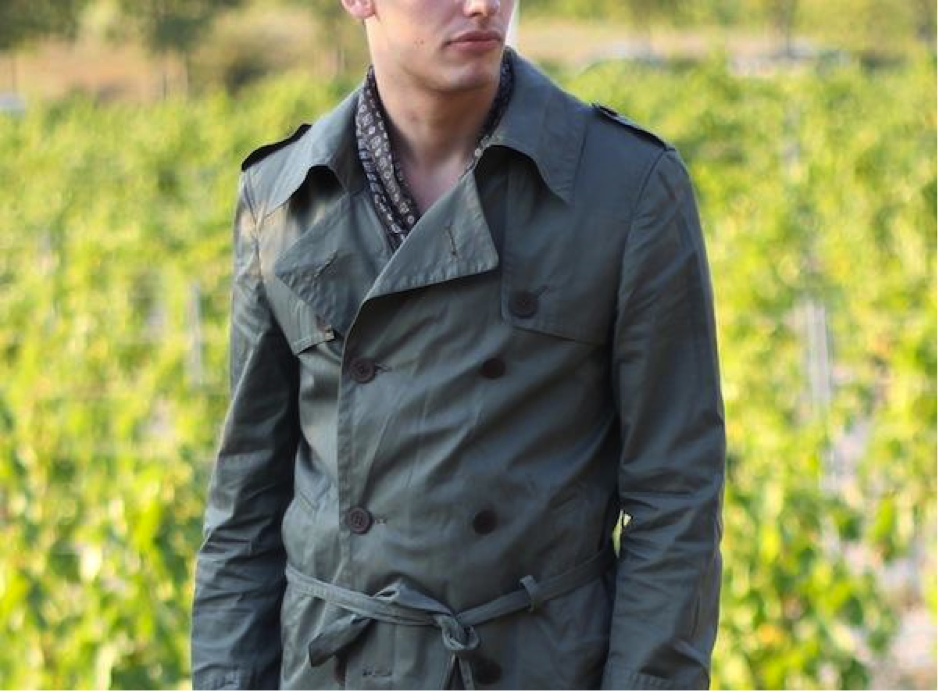
Step #1 – Knowing where we want to go
Buying a pair of combat boots for someone who’s really shy isn’t the best move, because they’re a strong item that attract the eye. In the same way, going for a plain pair of black Richelieus for someone young going to class isn’t the best-suited choice. I’ve taken the two extremes on purpose but I want you to understand perfectly well that your personality is extremely linked to your future buys.
Since, as my teacher of strategy constantly repeats, you have to contextualize. That’s to say that it’s necessary to put the outfit in the environment in which it will be worn: work, evening with the mates, class, etc. It’s something easy to understand and is intuitive, so I won’t go on about it anymore.
A slight exception is for students, though, who often want to wear boots or a pair of nice shoes, when a pair of sneakers would be much more adapted and comfortable for a day of classes. As far as our clients are concerned, we contextualize thanks to a special questionnaire made by Geoffrey (that the subscribers to the newsletter have already received) and with a good interview by email or Skype. So, obviously, there are some contexts that are easier to work with than others: it’s easier to dress someone who needs an outfit for the weekend than a banker in a business bank who often has very precise needs.
The second very important element is the image that the client wants to have of himself: classy, laidback, both, masculine, warrior, elegant, etc.
It’s precisely the crossroads between the context of the client and what he wants to be that will help us by giving us some direction for the coaching:
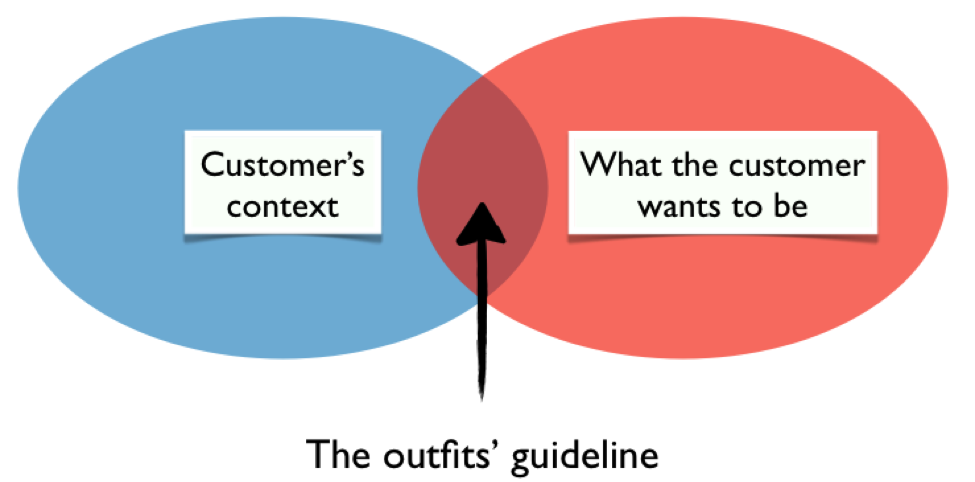
(because it’s very important that you understand this, here’s a really simple diagram)
Problem: it’s this part that’s often neglected by people trying to work on their style. Some just don’t know how to answer essential questions such as:
- What is my current context?
- What message do I want to communicate through my clothes?
- What do I want to show off with the help of my clothes?
As coaches, our job is, essentially, to bring these things together and translate them into clothing form. For me, that’s the essence of a makeover, miles away from all those theories about colors of seasons (or alternatively, a supposed attempt at psychological analysis) that I hate but which are used by certain makeover agencies as a main marketing argument.
So, obviously, sometimes we have to reel in the expectations of the client if they don’t correspond to his context: like the case of the student who wants a super-classy outfit with a jacket, white shirt and nice shoes for going to class (I like this example so much because I’ve come across it several times). You can see that in such a case, his context doesn’t match up with his aspirations (as great as they are).
There too, we help the client answer these questions when he has difficulty putting into words what he wants to be – it’s all part of the job. For that, there are no secrets: it’s our ‘client empathy’ (as Geoffrey, the ex-consultant, would say) which our experience has allowed us to develop and which helps us to really understand his needs, even if they’re hardly verbalized. To sum up, we put ourselves in the shoes of the client and guide him through his makeover. It’s sometimes necessary to reel in his hopes, too; particularly if he has a specific morphology or a budget that obliges him to leave behind certain items that he can do without.
How that can help you…
As for you, if you don’t have me or Geoffrey at hand, I advise you to really think about what you want to show others by asking yourself the three questions above. As I already said, time spent asking yourself about your identity will NEVER be time wasted.
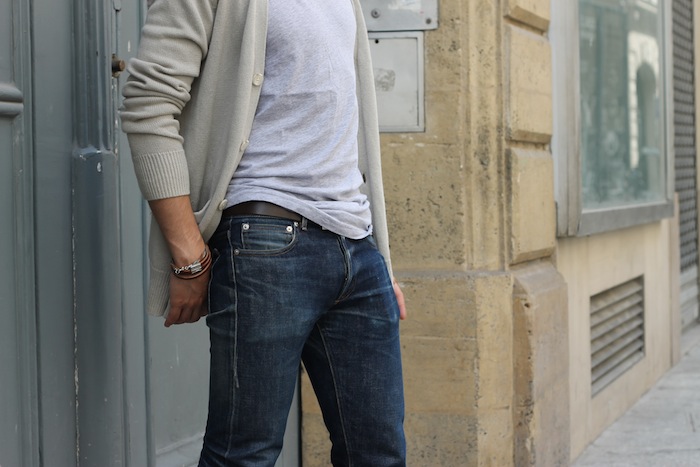
Step #2: Our inspiration
Once everything is clear with the client, we move to the second step where the work of bringing together an outfit really begins. For us, it’s necessary to have inspiration (what others also call ‘material’) to compose an outfit. Having inspiration is very very very important – it allows you to create great outfits.
You too, if you want to take things further than the method that I described in my previous article, you really need to cultivate inspiration. It’s often in this way that ideas like ‘oh look, that looks nice, I should give it a go’, or ‘what about if I tried that?’ will come to you.
What I’m saying seems a bit stupid but there again, when I ask some people how they go about cultivating inspiration, the answer isn’t always very clear…However, it’s through the cultivation of inspiration that you’ll also get new ideas for your outfits!
And there’s inspiration to be found everywhere!:
- Obviously, in fashion mags (you can learn stuff from the ladies, too, for that matter)
- In the lookbooks of brands, especially because the looks are easily accessible
- In films. Often, the costume designer tries to translate character traits of the protagonist through his clothes…and that’s where things get interesting for you. Take a different look at the suits of the protagonist and try to understand the style choices behind them. What’s the reason for the material? The color? There’s often a lot to say! Films such as A Single Man with Tom Ford should be seen by all of you as there’s a real purity in the choice of clothing.
- In music clips! It’s fun to spot the Balmain jacket worn by David Guetta, the Yves Saint Laurent blouse owned by Will.I.Am or Diddy’s Margiela leather. Often, there are very strong outfits with really good style and I encourage you to pay attention. For example, Taio Cruz really pulls off his work boots in his Hangover clip, like Enrique Iglesias with his hoodie underneath his leather in the Dirty Dancer clip (and while I’m talking about that, Usher wears an absolutely sublime leather jacket in this clip). We’re even starting to see Rick Owens blouses from Justin Bieber! Turn off the sound if you prefer, but I assure you, from a stylistic point of view, you can get a lot out of this.
- Around you, when you’re walking in the street: look at the outfits worn by others and you’ll learn lots about basic trends. There are tons of cuts, colors and materials that you pass by every day, you need to open your eyes. The aim isn’t to intensely scrutinize every passer-by, though, but rather to quickly spot something you like in an outfit you like or something you can work with. This kind of observations should be kept quick and spontaneous. Don’t stress!
- The women around you. Yep, you heard correctly. Around you, there are surely very well-dressed women, so take an interest in their use of color, the way they mix and match their clothes, the quality of the materials used, the amount of spontaneous in the outfit, etc. I’ve learned a lot from looking at this kind of thing.
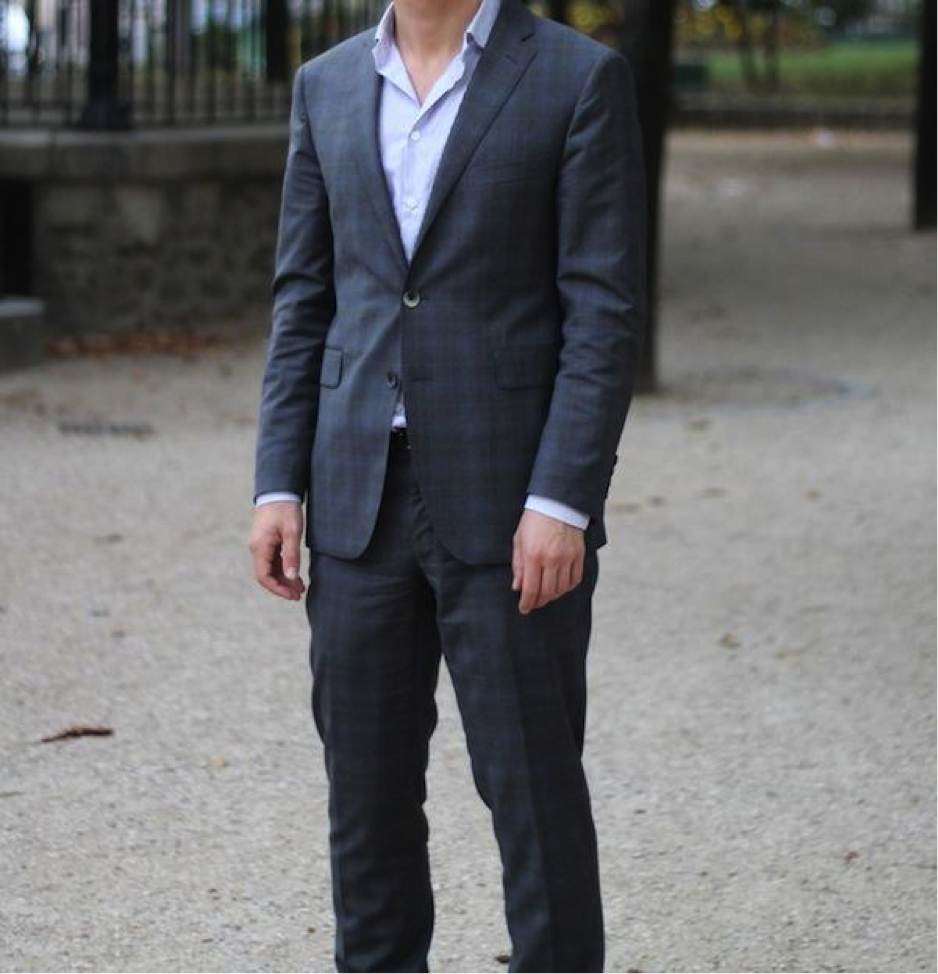
Right, now that you’ve applied these 6 steps, you no longer have the right to say, ‘I’ve got no ideas for how to dress!’ 😉
OK, having sources of inspiration around you is good but being able to use it is even better! For this, Geoffrey and I use the tools we know well, the famous contrasts (more details in the Kinowear Bible)
- Contrasts of style: putting a formal item with an informal piece
- Contrasts of materials: putting two items with really different textures (big knit + poplin, to keep things simple)
- Contrasts of colors: make a contrast between two colors, you see what I mean 😉
You’ll see that 90% of outfits in men’s fashion mags are based on these three contrasts. As far as we’re concerned, that helps us a lot for understanding an outfit we like…and then we can adopt the contrast involved for ourselves.
For example, when an outfit appeals to us, we say to ourselves, ‘OK, the way he’s dressed is really cool, but why? Ah look, he’s created a contrast between his denim shirt and the tie he’s wearing…it’s a contrast of style!’ It’s so simple! It’s in this way that we can move from a subjective thought that we can’t always explain (‘I like that’) to an objective thought (‘it’s a good contrast of style’).
And now you know everything about how the Kinowear team analyzes an outfit!
On the other hand, contrasts are practical tools but don’t stress out trying to construct an outfit in this way: ‘ok, today I need to do a contrast of style, and then there I’m going to create a contrast of material’ – this is an example of that outrageous crime, the overthink! Yes sir!
How that can help you
Cultivate your inspiration using everything I just listed. If you don’t have any ideas or you don’t know what to wear despite how you feel that day, you can bet on it that you’re enormously lacking inspiration.
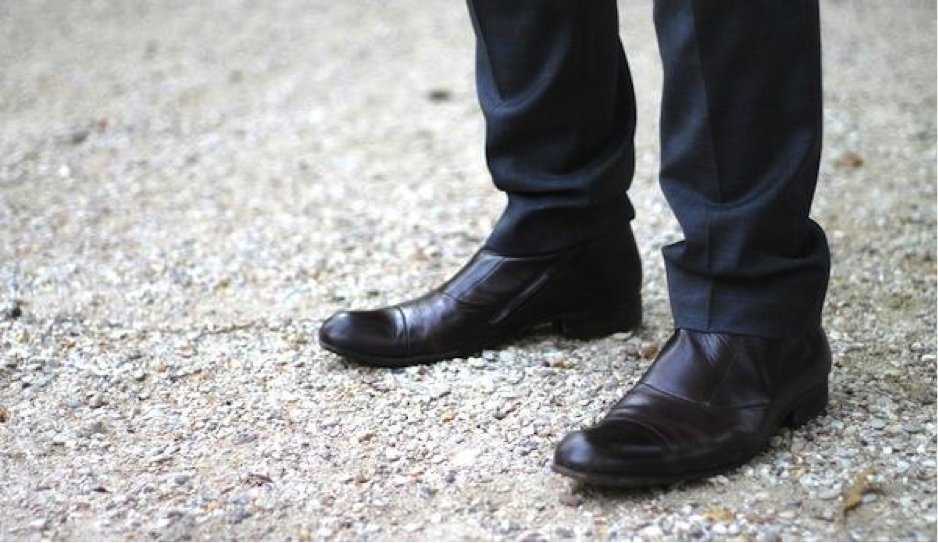
Right, now that you understand that it’s important to contextualize, and you’ve faced the question of ‘what do I want to be?’, and found inspiration for your ideas…you’ll need to leave your house and go and look for some clothes!
For that, there are no secrets; you need to know the right addresses, the ones that offer a real selection of quality items. Finding them is easy now with the internet. Equally, you could go for the method that I used myself in the free guide to small cities fashion (sent by newsletter a few months ago).
It is an essential step in the sense that it soon becomes an awful chore trying to find interesting items in uninteresting stores.
I’m not going to linger over this step, which has also been covered completely and in detail in the Kinowear Bible.
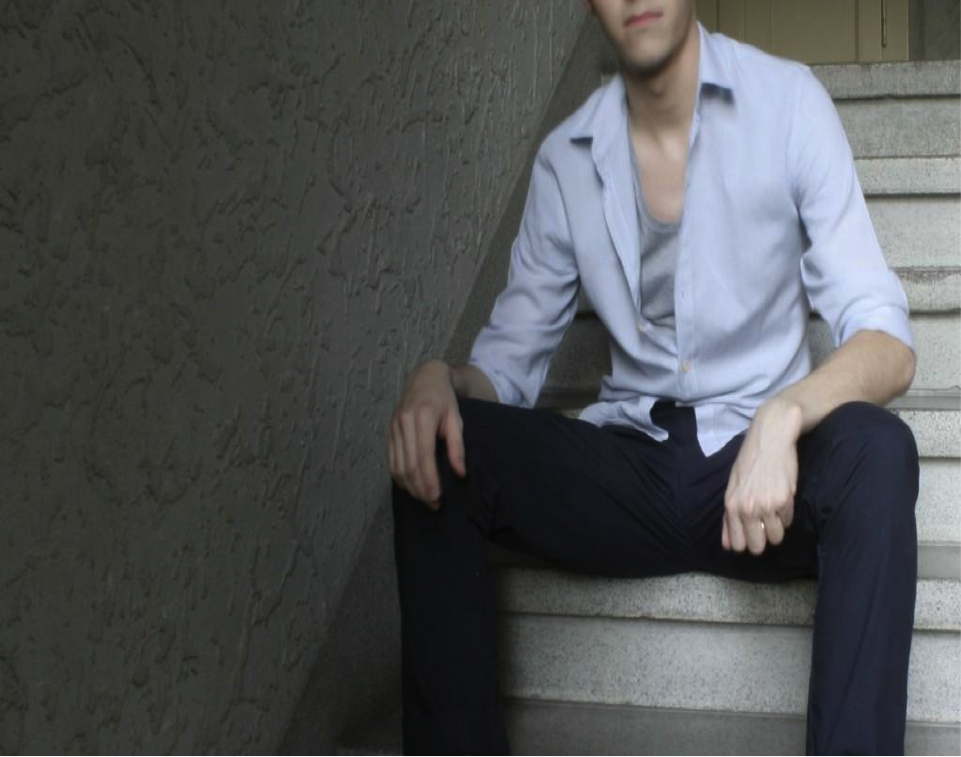
Step #4 – Putting everything together!
Once:
- We know the context of the client
- We know his aspirations concerning his image (and, if needed, we’ve helped him determine them)
- We’ve been inspired
- We’ve analyzed our inspirations thanks to contrasts
- We’ve had a good scout around, guided by our inspirations and our coach’s address book
…then the makeover has truly begun! Our method is slightly different to that usually used by makeover agencies who spend a huge amount of time in an office with a client going over and over endless draping tests…and I think that’s what makes us work.
During the day, we get the client to try on clothes (logic). Sometimes, we encourage the client to get to a point where he can express an opinion on an item (usually in the case where he ‘doesn’t know if he likes it’). This is very important. The aim isn’t to create a dichotomy between nice/ugly but rather to get him to express himself regarding his impressions on what the item in question communicates: a laidback or severe image? A structured or very fluid effect? Often there are a good few ‘eureka!’ moments at this point, just through the association of words and the clothing…
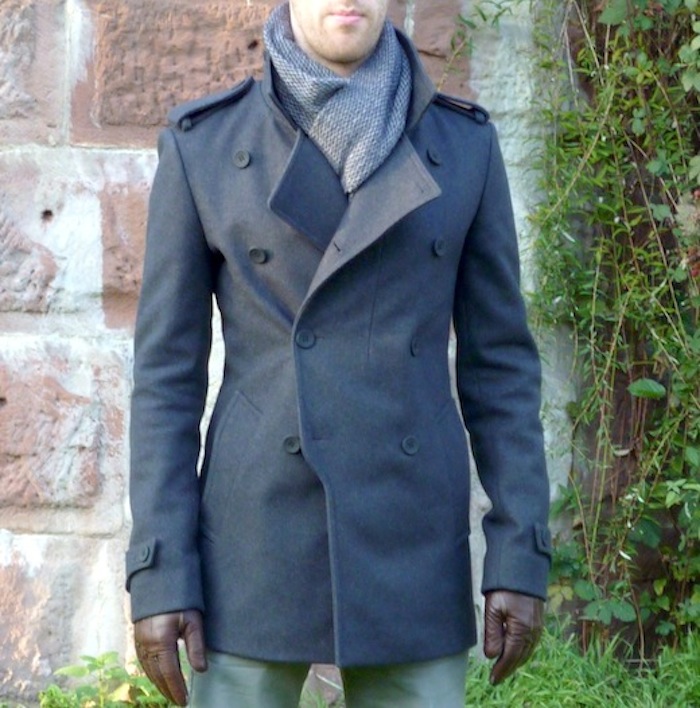
How that can help you…
At this stage, you should –normally- have a clear idea about the kind of items you should be buying. Don’t forget the usual advice: try before you buy, don’t hesitate to try on a size smaller, don’t buy if there isn’t the right size, etc.
And there you have how a Kinowear makeover works. I don’t know if that seems a bit deep for some people but don’t forget that we’re talking about a professional process here: everything has to be well-structured and well-articulated so that we can offer the best service possible.
You’re not obliged to follow every step to the letter ’cause you’re not necessarily a coach, but if you’re naturally quite rigorous and methodic, this could be useful to you! And we sometimes get questions on how a makeover works, too, so I wanted to clearly explain our method here and our way of being good to ourselves 😉
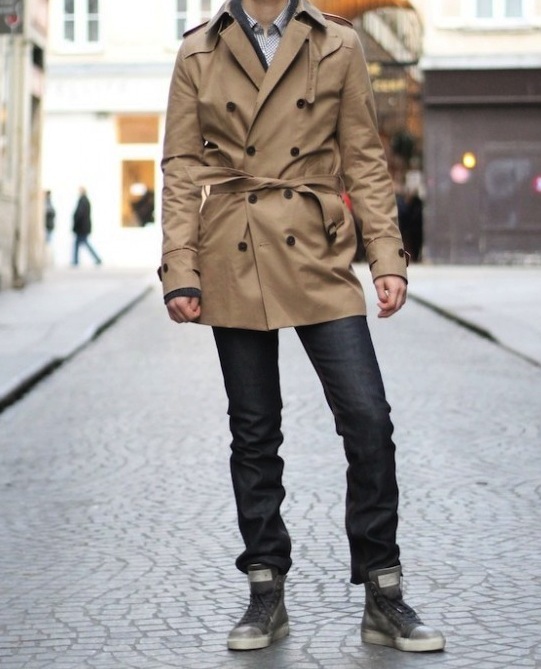

Hi Jonas, my pleasure 🙂